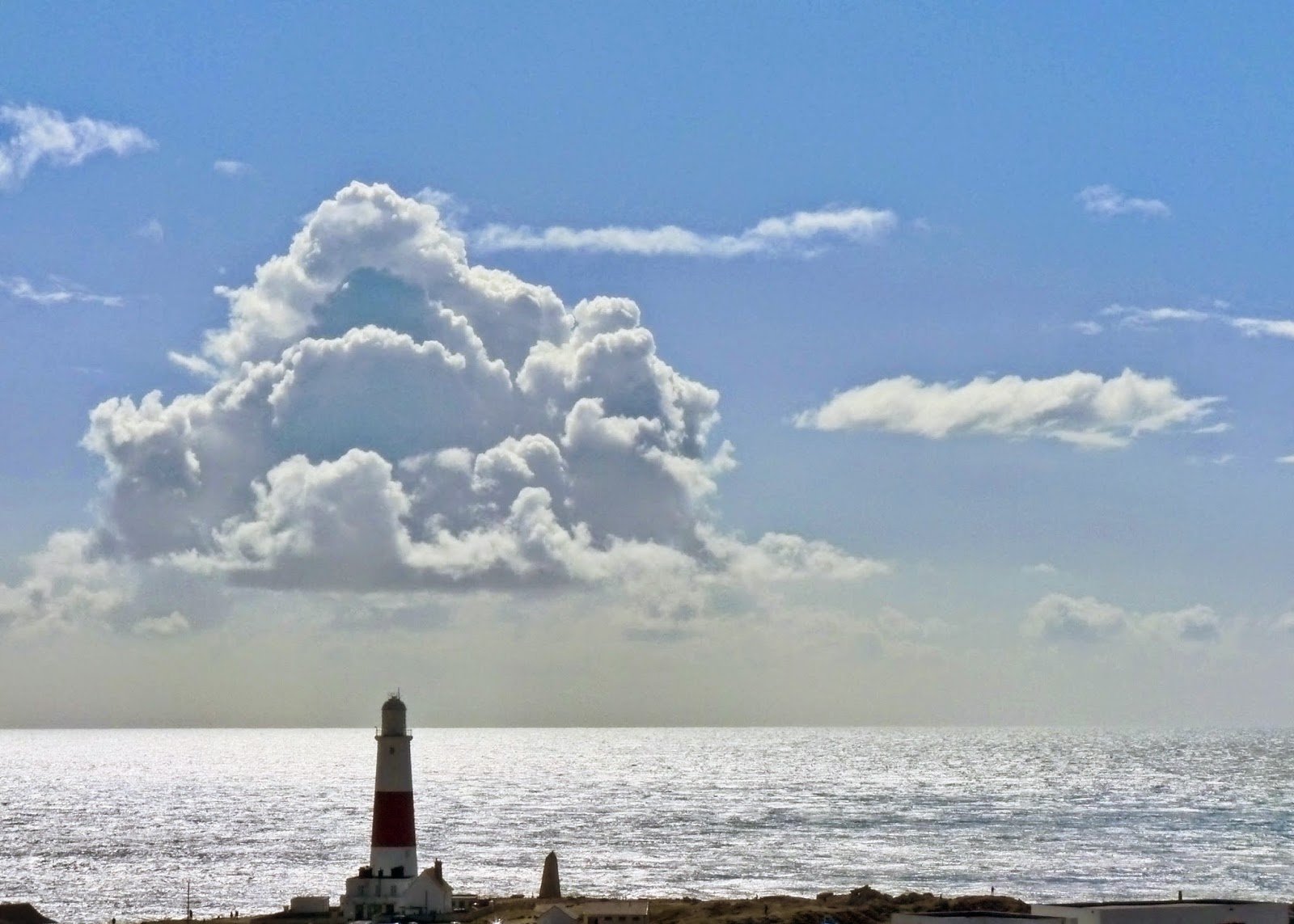 |
| The monument in the Autumn mists |
The Hardy monument, a rather squat ugly edifice, was erected in 1844 to the memory of the other Hardy, Trafalgar veteran Admiral Thomas Masterman Hardy.
 |
| So kissable.... |
He was captain of the Victory at Trafalgar when his dying friend, Nelson, uttered those three fateful words, 'Kiss me Hardy,' so consigning the poor bloke to be the butt of schoolboy jokes for eternity.
 There is another more prurient version of these events, by the way, with Nelson's dying words being interpreted as 'Kismet, Hardy'... meaning...'Fate, Hardy.'
There is another more prurient version of these events, by the way, with Nelson's dying words being interpreted as 'Kismet, Hardy'... meaning...'Fate, Hardy.'Away from the smoke of battle the views across Dorset are breathtaking. Footpaths radiate to all points of the compass as do bridleways; so bring you dog or mountain bike or even a mountain biking dog.


































